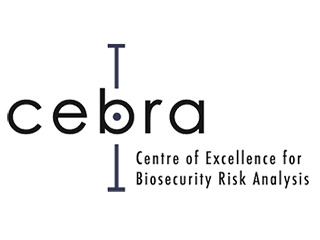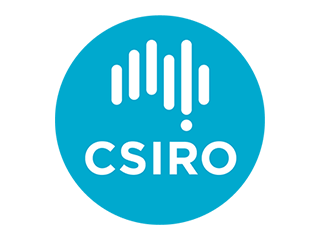Data & analysis
Explore growing volumes of ecological, environmental and climate data, build models, and view results. The Biodiversity and Climate Change Virtual Laboratory (BCCVL) and ecocloud will be faster and easier to use after migrating to EcoCommons.

Explore
Species occurrence records
Using EcoCommons’ Data Explorer, you can access, visualise and download occurrence records from four databases:
- Atlas of Living Australia (ALA) hosts over 100 million occurrence records on Australian species;
- Global Biodiversity Information Facility (GBIF) hosts over 1.8 billion occurrence records on species from around the globe;
- Australian Ecological Knowledge and Observation System (ӔKOS) hosts a few thousand Australian fauna records, over ½ a million flora records, and data on 12 traits for over 8,000 plant species;
- Ocean Biodiversity Information System (OBIS) hosts over 79 million occurrence records on marine species.
Environmental layers
Imagine Australia covered by a layer of grid cells and each cell contains a value on the environmental variable you have selected. With EcoCommons you can view, download or use thousands of terrestrial environmental layers with some marine and freshwater data.
Climate projection layers
If you are looking to investigate the distribution of a species under potential future climatic conditions, EcoCommons allows you to access thousands of annual climate layers generated using one of several climate models and greenhouse gas emissions scenarios. Future climate layers are available from 2015 to 2085.
Function catalogue
Here you will be able to find a growing library of sample code. For example, all of the code used to drive each of the point-and-click algorithms will be available. This will help you understand or refine the code behind EcoCommons, so you can compose your customised workflows.
Build
With EcoCommons, we save you time by providing data, models and an online workspace so you can concentrate on the really exciting stuff – the science. As our data library grows, you will be able to easily find data, run your analysis in an easy point-and-click environment, and validate your results. If you are looking to test your coding skills you will have the freedom to code your own ecological analysis in R or Python on the cloud.
Experiments supported within EcoCommons include:
Species distribution models (SDM)
Multi-species distribution models
Migration models
Species trait models
Ensemble models
Climate change SDM projection models
Biodiverse models
Generalised dissimilarity models
Biosecurity risk mapping
Population Viability Analysis (PVA)
Habitat Conditions Assessment (HCAS) model outputs
Datacube analysis and aggregation tools
Collaborate
You can choose to work in your private workspace or invite colleagues to join you. You can also share your analysis publicly with all users.

Our partners
-

-

- EcoCommons Australia received investment (https://doi.org/10.47486/PL108) from the Australian Research Data Commons (ARDC). The ARDC is funded by the National Collaborative Research Infrastructure Strategy (NCRIS).









